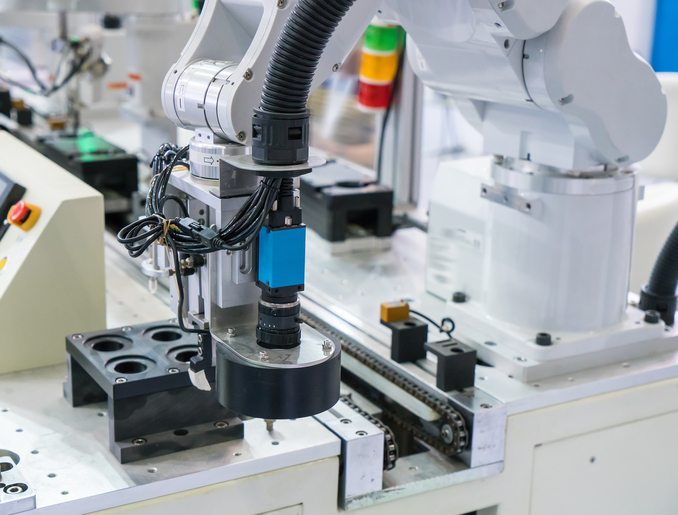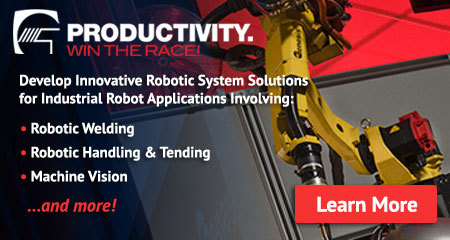The Role of Machine Vision in Industrial Robotics

Machine vision has become a game-changer in the field of industrial robotics. As technology continues to advance, the integration of vision systems into robotic applications is no longer just an option—it’s a necessity. The evolution of cameras and imaging technologies has made them more robust, accurate, and reliable in even the harshest industrial environments.
While robots have become more intelligent and capable over time, it's the ability of machine vision to give them "sight" that has truly transformed their functionality. This advancement allows robots to perceive their surroundings, making real-time decisions and adapting to changes on the production floor.
What is Machine Vision Used for in Industrial Robotics?
In simple terms, machine vision gives robots the ability to "see." Without it, a robot would be limited to performing repetitive tasks with no ability to adjust or respond to its environment. With machine vision, robots can recognize objects, detect defects, and navigate through complex settings.
This capability enables robots to handle variations in part placement, identify errors, and perform multiple tasks with greater accuracy. It’s not just about seeing—it’s about understanding and reacting to what they see.
What are the Benefits of Machine Vision in Industrial Robotics?
One of the most significant advantages of integrating machine vision into industrial robots is increased flexibility. A single robot equipped with vision can perform the work of several traditional, non-vision-enabled robots. This reduces the need for multiple machines and streamlines operations.
Another key benefit is reduced programming effort. Unlike traditional robots that require constant reprogramming for new tasks, vision-equipped robots can adapt and learn from their environment. This leads to faster deployment and less downtime during task transitions.
Additionally, machine vision eliminates the need for precise part positioning. Robots can locate and manipulate objects regardless of their orientation, which improves efficiency and reduces the complexity of setup processes.
Overall, the use of machine vision in industrial robotics enhances productivity, reduces costs, and increases the overall value of automation solutions. As this technology continues to evolve, it will play an even more critical role in shaping the future of manufacturing.
For high-precision and transparent automation solutions, look into Genesis Systems Group’s advanced integration of machine vision and industrial robotics.

Ordinary Seal,Ordinary Seal Paper,Ordinary Cigarette Sealing Paper,Cigarette Sealing Label
Jilin Changbaishan Packaging Materials Co., LTD , https://www.cbsbz.com